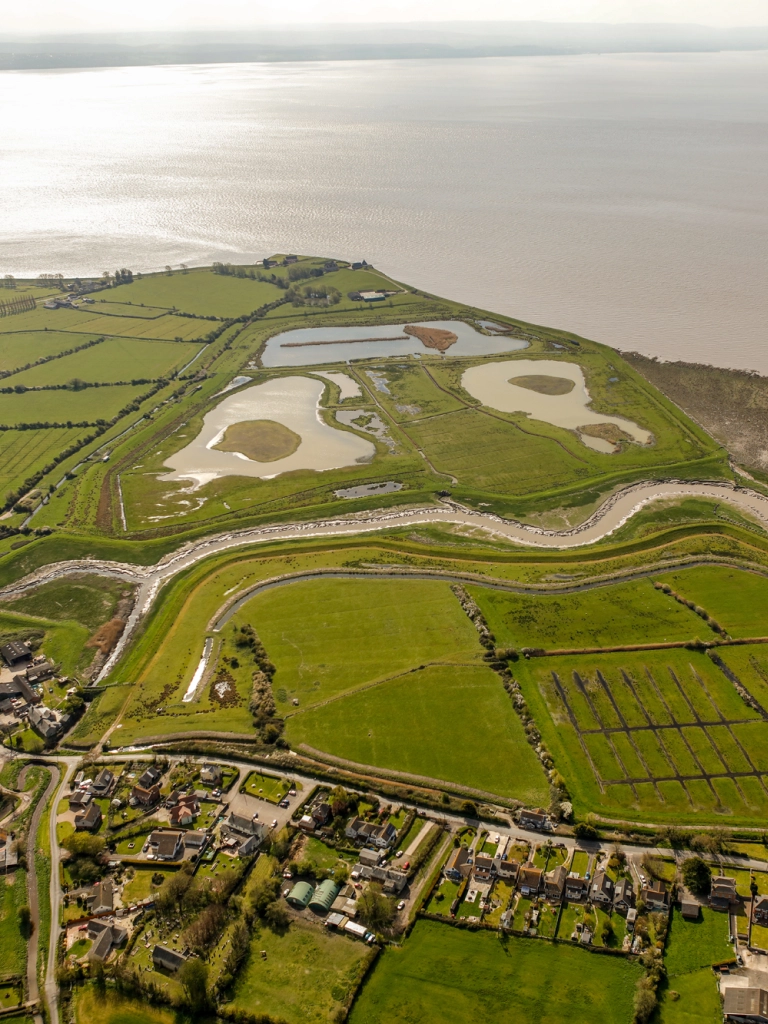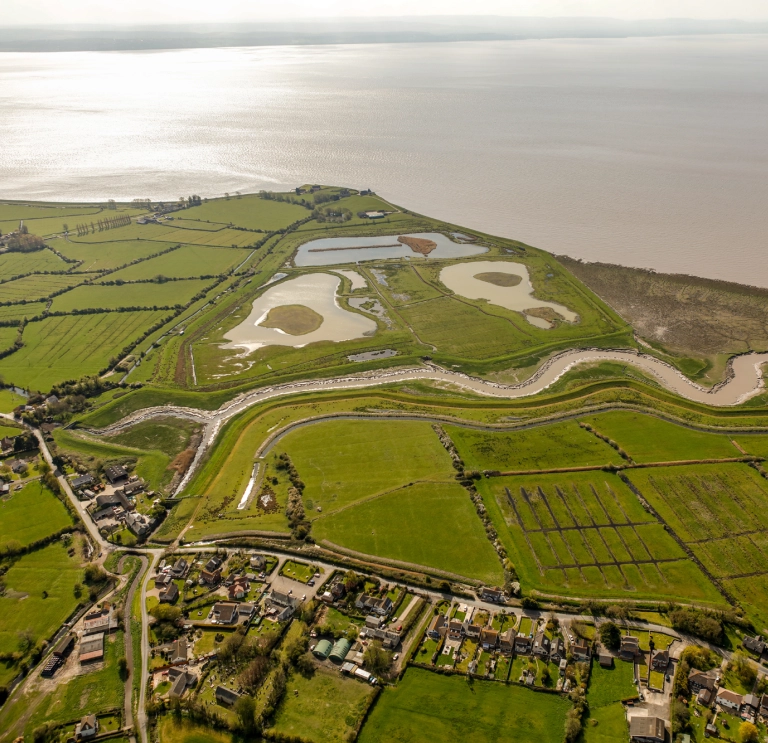The Gwent Levels are an inter-tidal zone of saltmarshes, mudflats and sands, revealed to keen eyes at low tide along the northern coastline of the Severn Estuary. The low horizon, flat landscape, and big skies (often enhanced by dramatic cloudscapes, sunrises and sunsets) give the Levels a unique ethereal quality.
This man-made landscape started taking shape in Roman times, with the majority of the area created in the Middle Ages by the monks of nearby Goldcliff Priory and Tintern Abbey. The network of fertile fields and historic watercourses, known locally as reens, provides a diverse range of habitats for rare plant and animal species of national special scientific interest.
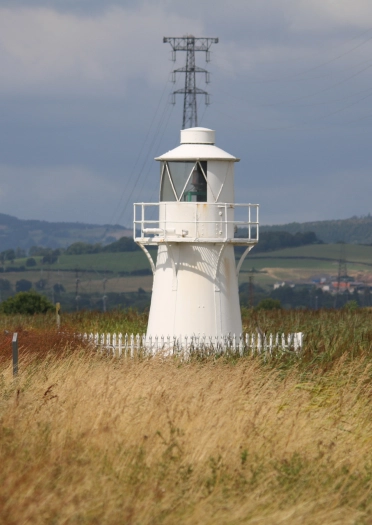
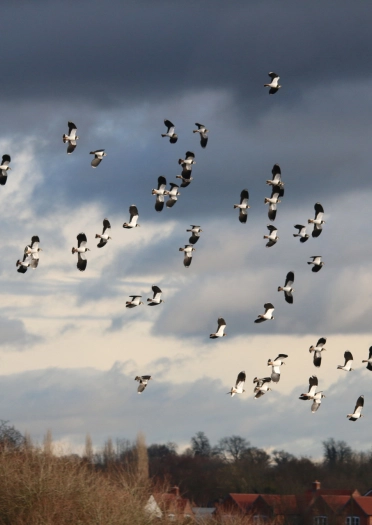
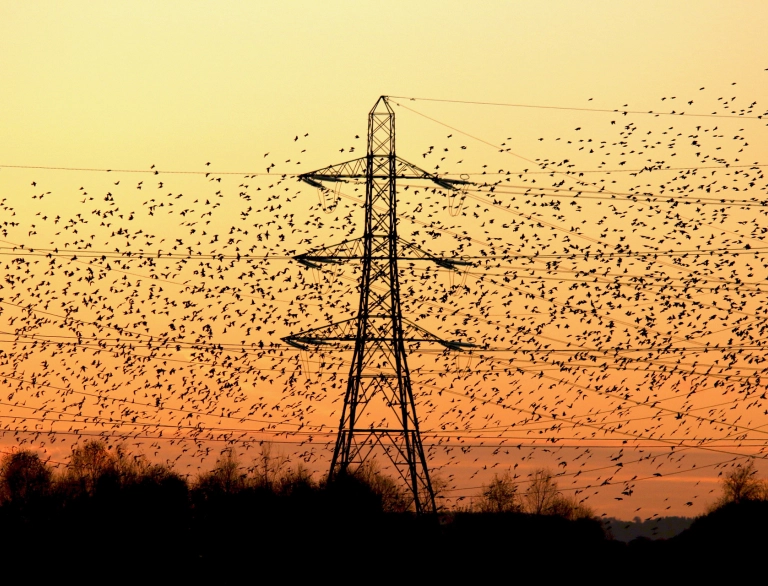
Parc Tredelerch
A popular angling site with lots of fish, transport yourself back to the Mesolithic times when people hunted and fished here millennia ago. From the viewing platform of this large fishing lake you can see swans, coots, tufted ducks and moorhens. Parc Tredelerch (Lamby Lake) also has free parking and picnic areas.
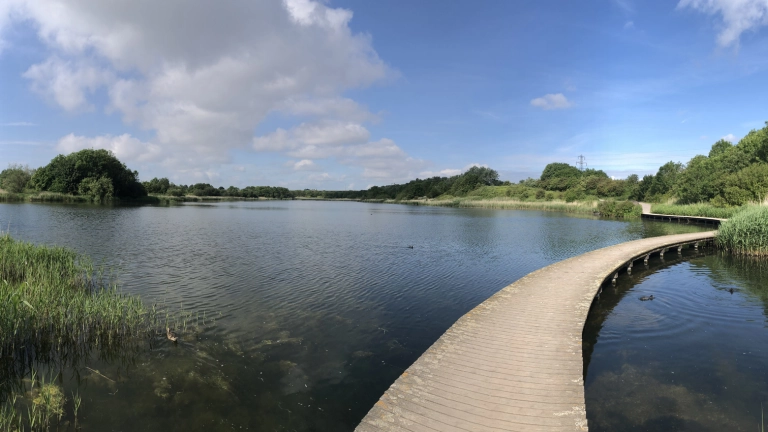
Rumney Great Wharf
Wandering along the top of the sea wall at Rumney Great Wharf, look out for amazing rare bird species such as dunlin, short eared owl, Cetti’s warbler and redwing.
In winter, large flocks of wading birds gather at high tide – watch them feed among the remnants of iron-age settlements on the prehistoric landscape. A wonderful spectacle, remember your binoculars!
Further along the coast path, or a short drive along the old coast road on the Wentlooge levels, you arrive at St Brides. Passing the remnants of the West Usk lighthouse, you come to the former Lighthouse Inn, a gateway onto the Wentlooge levels sea wall.
Tredegar House and Park
Tredegar House and Park is one the best spots for a worthwhile day trip for tours of the house and gardens. Children will love the large playground, nature lovers can spot butterflies and bees around the meadows, while anglers indulge in a spot of relaxed fishing around the lake - there's something for everyone here.
There's a cafe, or you can bring your own picnic to the parkland. There are easy access routes, a large car park (free for National Trust members), shops and toilets. The site also links up with the Wales Coast Path and National Cycle Route 4.
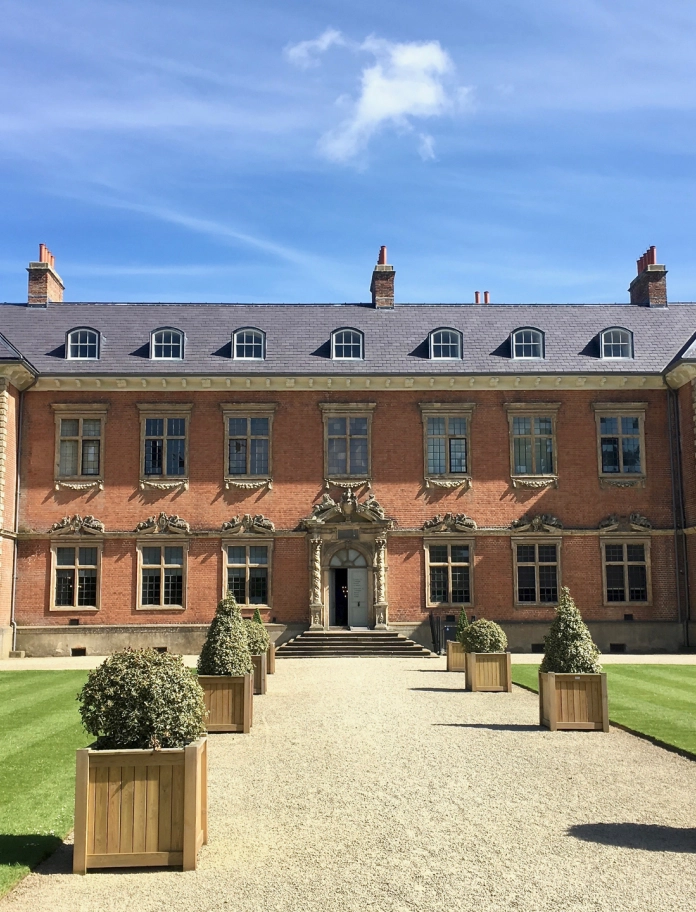
Newport
Newport Transporter Bridge
The industrial heritage of the Gwent Levels is perhaps best showcased by the Newport Transporter Bridge, which is one of only six operational transporter bridges left worldwide.
The centre is temporarily closed as it undergoes construction of a new world class visitor centre (scheduled to open in 2025), however, the monument of steel dominates the Newport skyline and can still be admired by passers-by.


Newport Museum
Nearby Newport town centre is home to Newport Museum, which features a prehistoric display about the levels. See skeletons of an ancient aurochs excavated from the Severn Estuary, as well as a spectacular collection of finds showcasing early human life on the levels up to the Roman period.
Newport Medieval Ship Museum
The museum houses a spectacular 15th century ship that was found on the west bank of the River Usk in 2002. The Newport Medieval Ship Museum also has toilets and offer refreshments. Dogs are allowed onsite (kept on lead).
Nature reserves
Follow National Cycle Route 4 or walk the Wales Coast Path to discover some incredible nature reserves on this journey.
Gwent Wildlife Trust Great Traston Meadows and RSPB Newport Wetlands Nature Reserve
Both Gwent Wildlife Trust Great Traston Meadows and RSPB Newport Wetlands Nature Reserve are home to the shrill carder bee (Bombus sylvarum) - the rarest bumblebee in England and Wales. They are full of wildflowers and teaming with insects and bird life, including fabulous bearded tits and breeding bitterns at the wetlands. Guided visits are also available. Mobility scooters can be hired at the Wetlands.
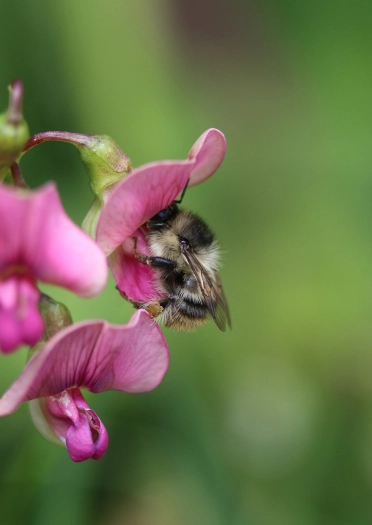
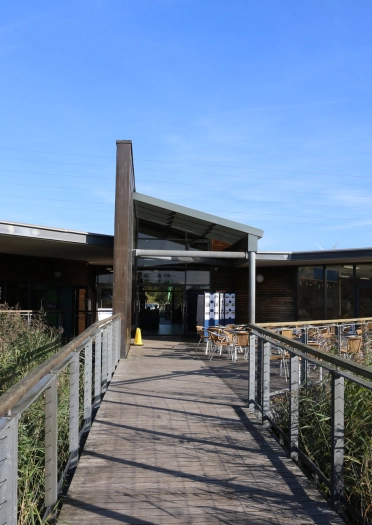
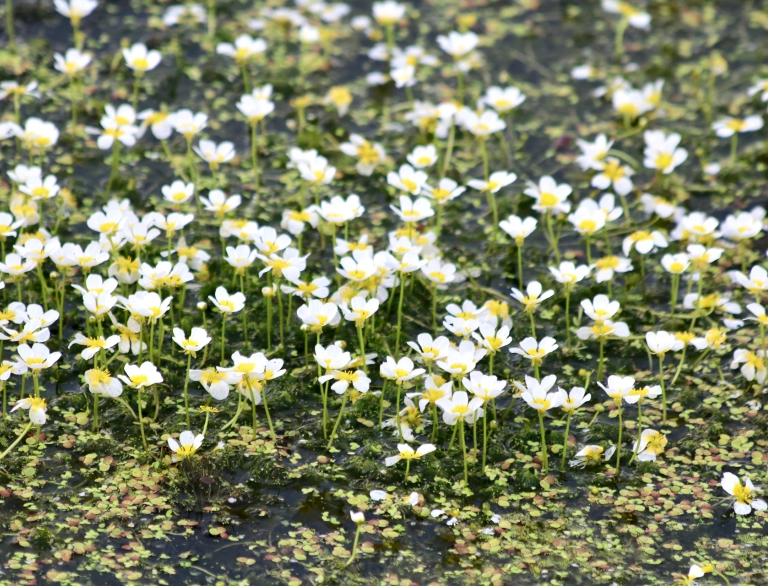
Goldcliff sea wall and lagoons
This is an incredible place for watching wildlife - look out for otters, avocets, and marsh harriers from the hides. The estuary is also home to a many wading birds. To recover from the excitement, grab a cuppa and snack at the Sea Wall Tea Rooms.

Magor Marsh
Welcoming visitors to Magor Marsh is Anne Williams, a willow-weaved sculpture of a 'Brinker'. A 'Brinker' is local lingo for someone who would have managed bankside vegetation.
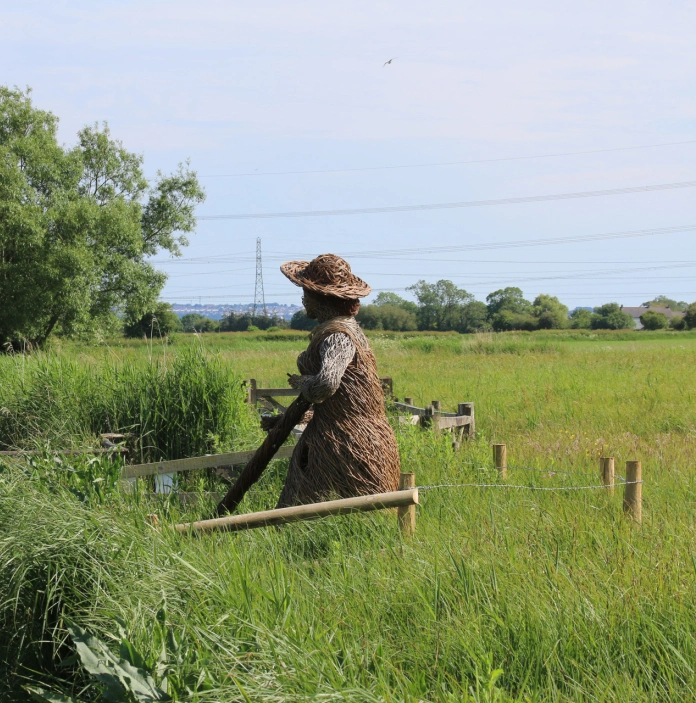
Magor Marsh is the last remaining fenland on the Gwent Levels. It's a patchwork of habitats, supporting a rich diversity of wildlife throughout the year. Following the boardwalk around the reserve you can spot kingfishers, little egrets, and heron in the lagoon.
Gwent Wildlife Trust also provide guided visits, courses in natural history, wildlife ID and local crafts.


Castles
Being a medieval landscape, the Gwent Levels are also home to two incredible castles, Caldicot Castle and Chepstow Castle.
Caldicot Castle
Caldicot Castle has stood guard here for more than 800 years. It's a great family-friendly day out, wandering the castle grounds and country park and enjoying the dining options. There's also parking and toilet facilities provided. Events are also put on throughout the year.
Chepstow Castle
Stretching out along a limestone cliff, the beautifully preserved Chepstow Castle is definitely worth a visit. After admiring the turrets and taking in the history, wander into Chepstow town centre for some refreshments at one of the many restaurants and cafes.
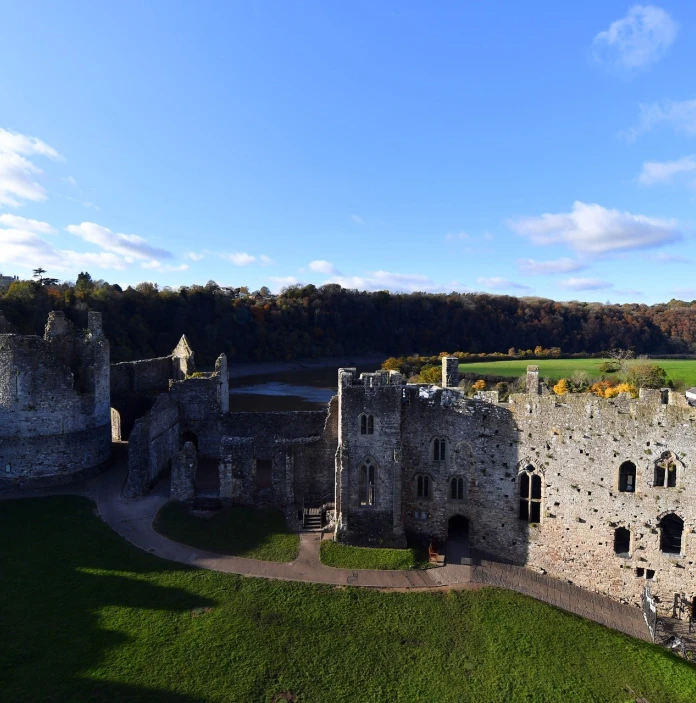
Severn Tunnel and Rogiet Country Park
The Gwent Levels was transformed during the industrial revolution, and this heritage can still be seen across the landscape. At Severn Tunnel and Rogiet Country Park, once a busy railway yard, you can see how nature has reclaimed the past, returning it to scrub and wild flower meadows. The site has free parking with good public transport links.
Black Rock
Black Rock offers panoramic views of the Severn Estuary and both Severn Bridge Crossings. The site is also home to two 'People of the Landscape' sculptures. The impressive oak-carved Lave Net Fisherman pays homage to traditional fisheries of the levels. See the sculpture at the picnic area next to the fishery and pollinator wildflower patch. Next, admire the steel Engineer, celebrating the contribution of all those who have toiled to shape and conquer the levels. The impressive figure overlooks the estuary on the sea wall.
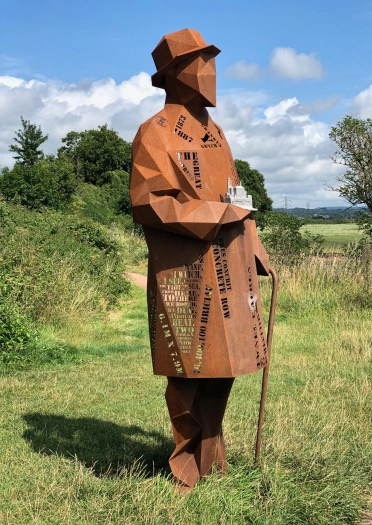
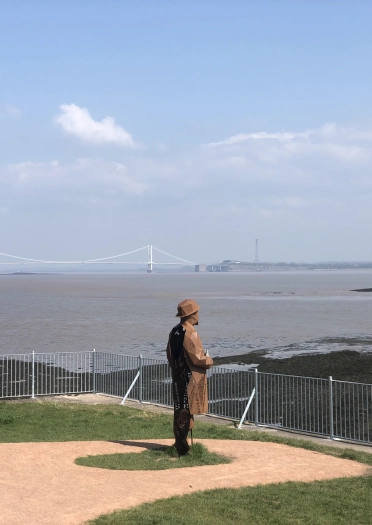
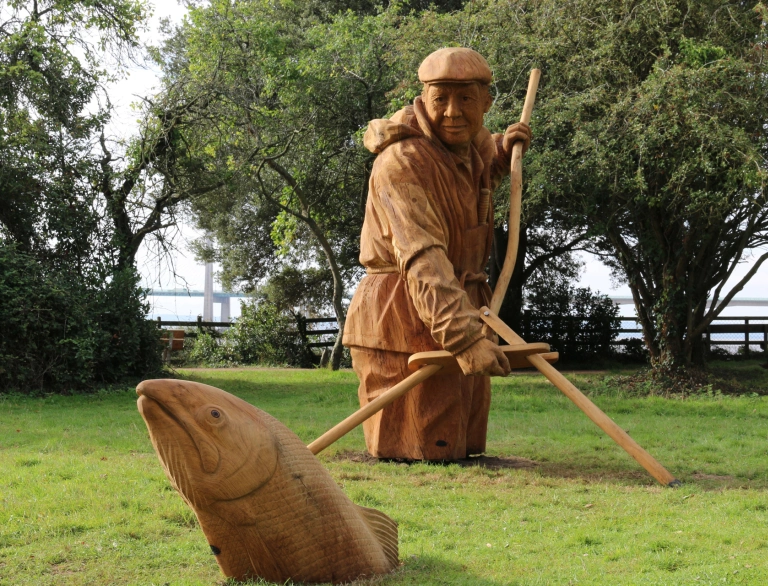
Find out more
- Visit the Gwent Levels Living Levels website
- Like Our Living Levels Facebook
- Follow Our Living Levels Instagram
You can download the Living Levels memory treasure map activities, which include information about what to look for and activities to help you learn more about each location in the levels.
Get involved
Since 2018, the Living Levels Landscape partnership has been working across the Gwent Levels to restore, enhance and celebrate the levels. You can get involved by going to a Living Levels event.
